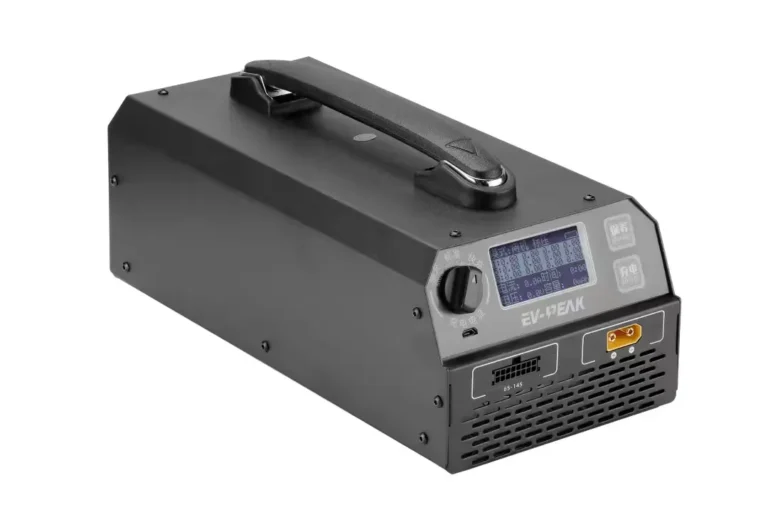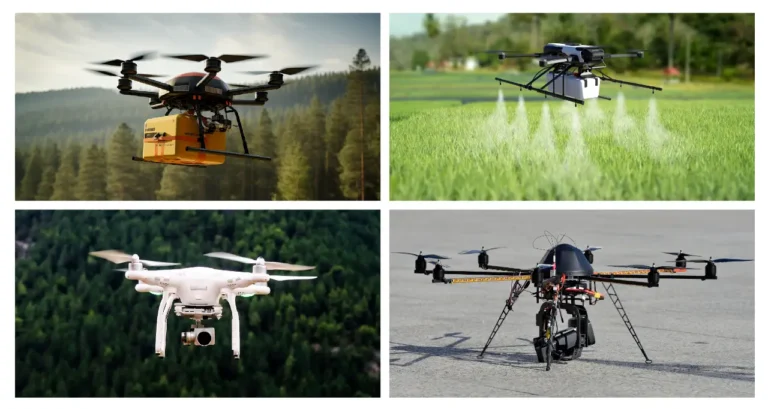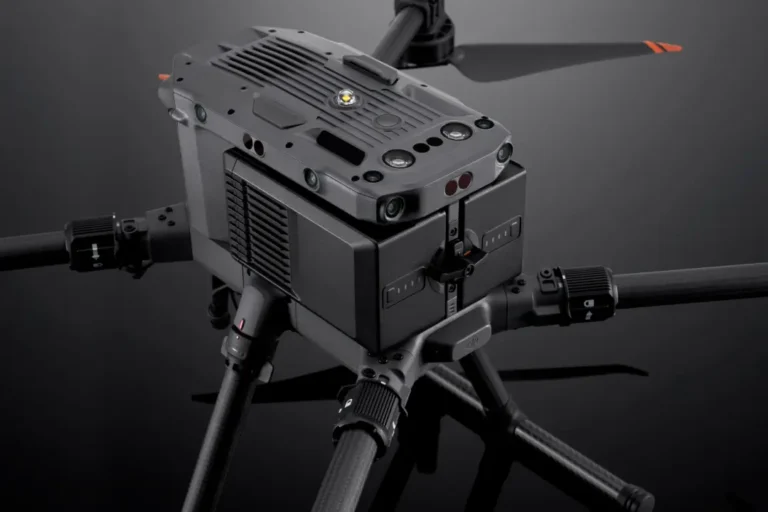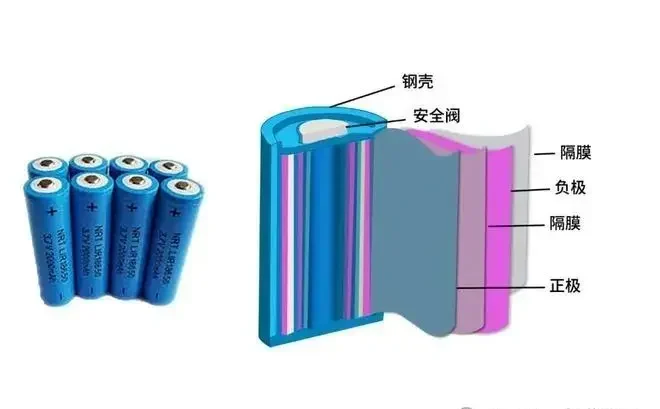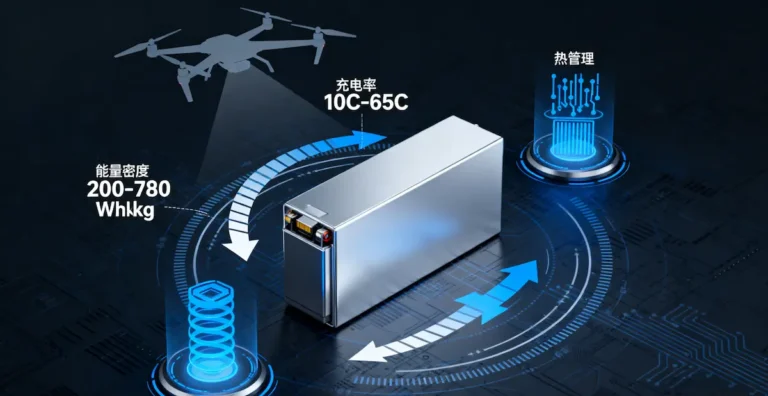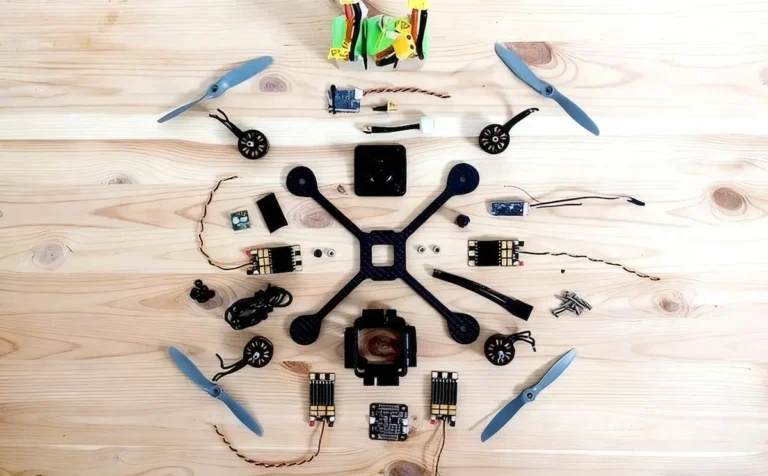The truth about lithium-ion batteries in drones that will “drop out” when left standing in 2025
Introduction: A fully charged drone battery that has been sitting for a week has mysteriously evaporated.
Fully charged drone battery, left for a week of power “mysterious evaporation”? This is not metaphysics, but the chemical undercurrent of lithium ion self-discharge is surging! As a technical team specializing in the field of batteries, Horizon Power will thoroughly explain the causes of this phenomenon and the way to crack it from the three dimensions of material interface reaction, BMS intelligent regulation, and environmental variables.
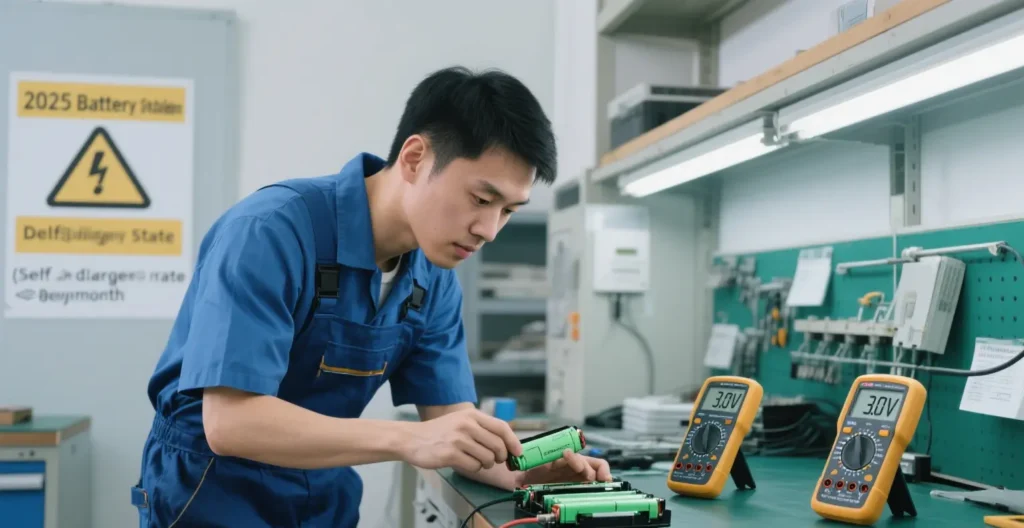
I. The double faces of self-discharge: passive loss vs active protection
Passive self-discharge (chemical nature)
Even if the circuit is disconnected, there are still two types of reactions occurring inside the battery:
Reversible reaction: lithium ions migrate through the electrolyte “bypassing”, the electron transfer path is abnormal, and the power is slowly consumed.
Irreversible reactions: including anode metal leaching (e.g. lithium manganate decomposition), anode SEI membrane rupture regeneration, electrolyte impurity side reactions (e.g. CO₂ to generate Li₂CO₃), permanent loss of active lithium ions.
Active Self-Discharge (Intelligent Protection)
Smart batteries such as DJI introduce BMS strategic discharge: when the power is >65% idle, the system actively discharges to the safety threshold (e.g., the Mavic 3 defaults to 60% in 9 days), avoiding electrolyte decomposition and deterioration of the SEI film triggered by full power storage.
✅ Engineer’s tip: This process is accompanied by a slight heat is normal, but the continued high temperature needs to be vigilant about the diaphragm micro-short circuit.
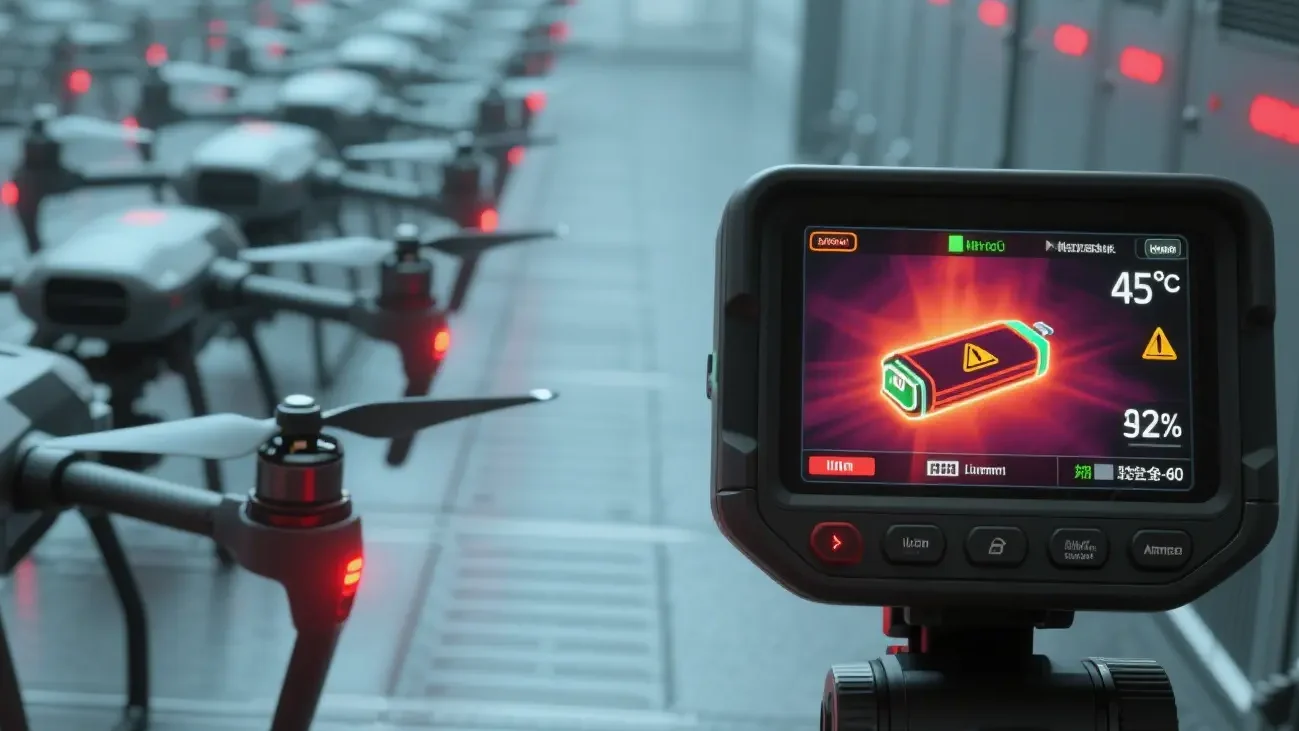
II. The five “behind-the-scenes” drivers of self-discharge
Material defect amplifier
Positive pole: lithium manganate (LMO), lithium nickelate structural defects, high temperature metal ion leaching intensified.
Negative pole: graphite interface SEI film stability is the core, after the rupture of the regeneration continues to consume lithium source.
Invisible killers in manufacturing
Metal impurities (e.g., Cu, Zn dust) can penetrate the diaphragm to trigger a micro-short circuit, and the self-discharge rate of such cores can be up to more than two times the normal value, and is discretely distributed.Storming of environmental variables
| considerations | Mechanisms of influence | Data corroboration |
|---|---|---|
| high temperature | SEI membrane decomposition accelerated + positive electrode metal leaching + electrolyte side reactions multiplied | Self-discharge rate at 40 ℃ can reach 200% of 25 ℃; 60 ℃ storage for 3 months, NCM battery capacity decreased by 20% ~ 30%; 70 ℃ shelved for 5 months after the battery capacity down to 25 ℃ shelved 79.14% of capacity |
| high humidity | Moisture infiltration leads to corrosion of the polar ear and induces the formation of electron-ion complexes | RH>90%, diaphragm porosity decreases, electrolyte penetration rate decreases, capacity loss increases by 30%; 80% RH exposure after the first efficiency of the battery drops from 95% to 85%. |
| high SOC | Negative lithium-rich state exacerbates interfacial side reactions | 100% SOC battery 30-day voltage drop >3.5mV/d; 100% SOC battery thermal runaway maximum temperature of 883°C, 594°C higher than 50% SOC; Al-An short-circuit mode accounted for more than 80% of SOC ≥30% under mechanical abuse |
Decline after cyclic aging
Battery after 200 cycles: SEI film thickening → ion migration resistance ↑; anode structure collapse → metal dissolution ↑, self-discharge rate may be enhanced by 40%.
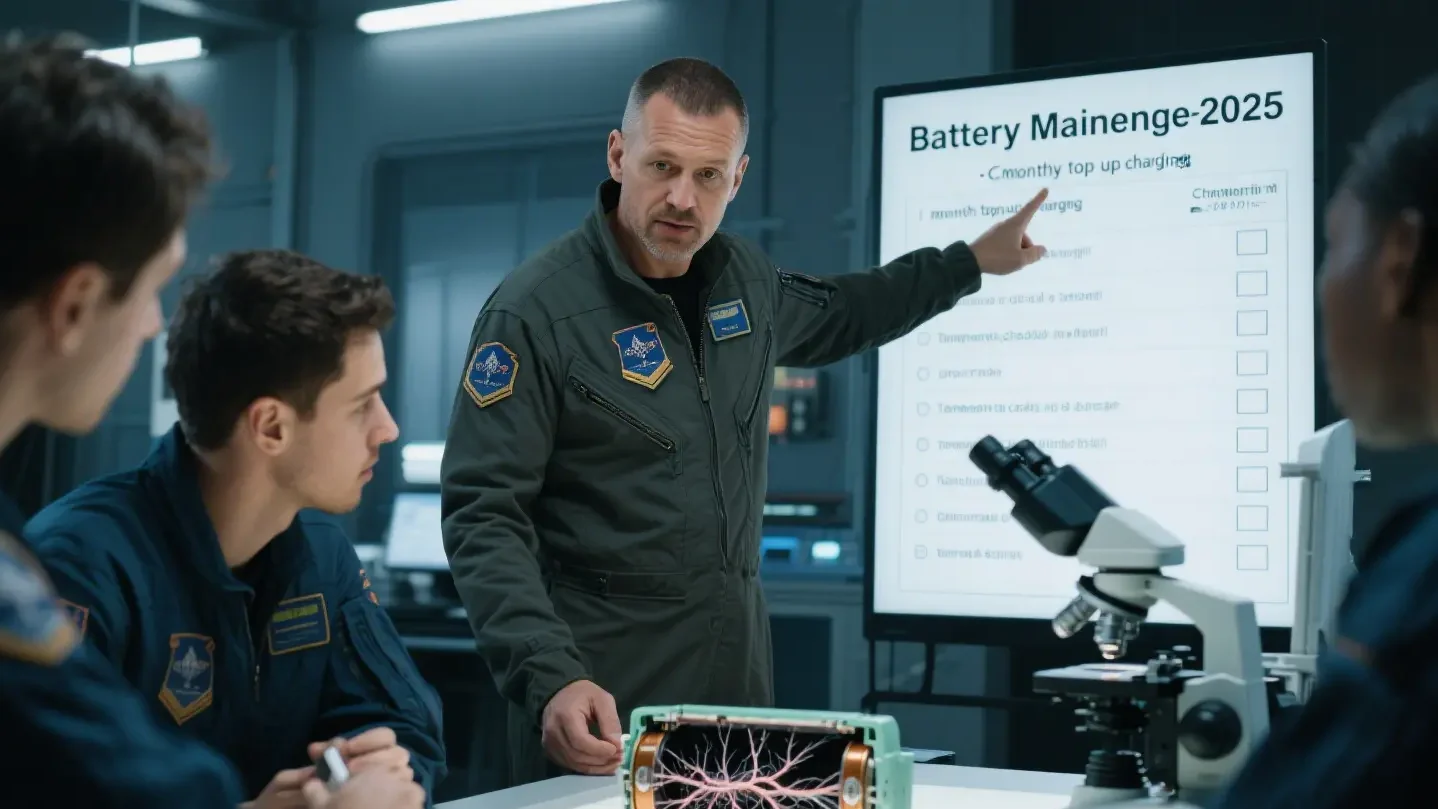
III.Engineer’s anti-self-discharge “combo punch”
1.Design: material and structure refinement
Anode selection: replace polycrystalline lithium manganate with monocrystalline ternary to reduce interface defects.
Diaphragm upgrading: thickening ceramic coated diaphragm (e.g. 12μm→16μm) to inhibit metal dendrite puncture.
Electrolyte additives: VC (vinylidene carbonate) to strengthen the SEI membrane, FEC (fluorinated ethylene carbonate) to inhibit electrolyte decomposition.
2. Manufacturing end: dust and metal impurity control
Workshop environment: 1,000-class dust-free workshop + magnetic sieve iron removal (Fe content ≤ 50ppm).
Process monitoring: liquid nitrogen micro-short-circuit detection (leakage current >5μA is judged as abnormal core).
3、User side: storage strategy
Ideal storage conditions:
- Power: 40%-65% (triggers BMS protection threshold)
- Temperature: 22-28°C (away from heat sources)
- Cycle time: every 3 months full discharge and recharge to activate Li-Ion
⚠️ Prolonged storage at no charge will result in over-discharge damage, and full charge storage accelerates electrolyte decomposition!
IV. how to “tame” self-discharge of intelligent batteries?
Take the DJI BMS system as an example:
1. Multi-level discharge management
Mavic 4 Pro: full power → 3 days → 96% → 15 days → 80% → 45 days → 60%
The self-discharge process can be interrupted (any key operation resets the timing).
2. Closed-loop safety protection
Real-time monitoring of monomer voltage, flashing light warning in case of abnormality;
Zero-spark design of electrode contact (physical connection first → key trigger energization), reducing galvanic corrosion .
3. Life extension strategy
Dynamically adjusts the charging curve to delay aging by recording the number of cycles, temperature history, and abnormal events.
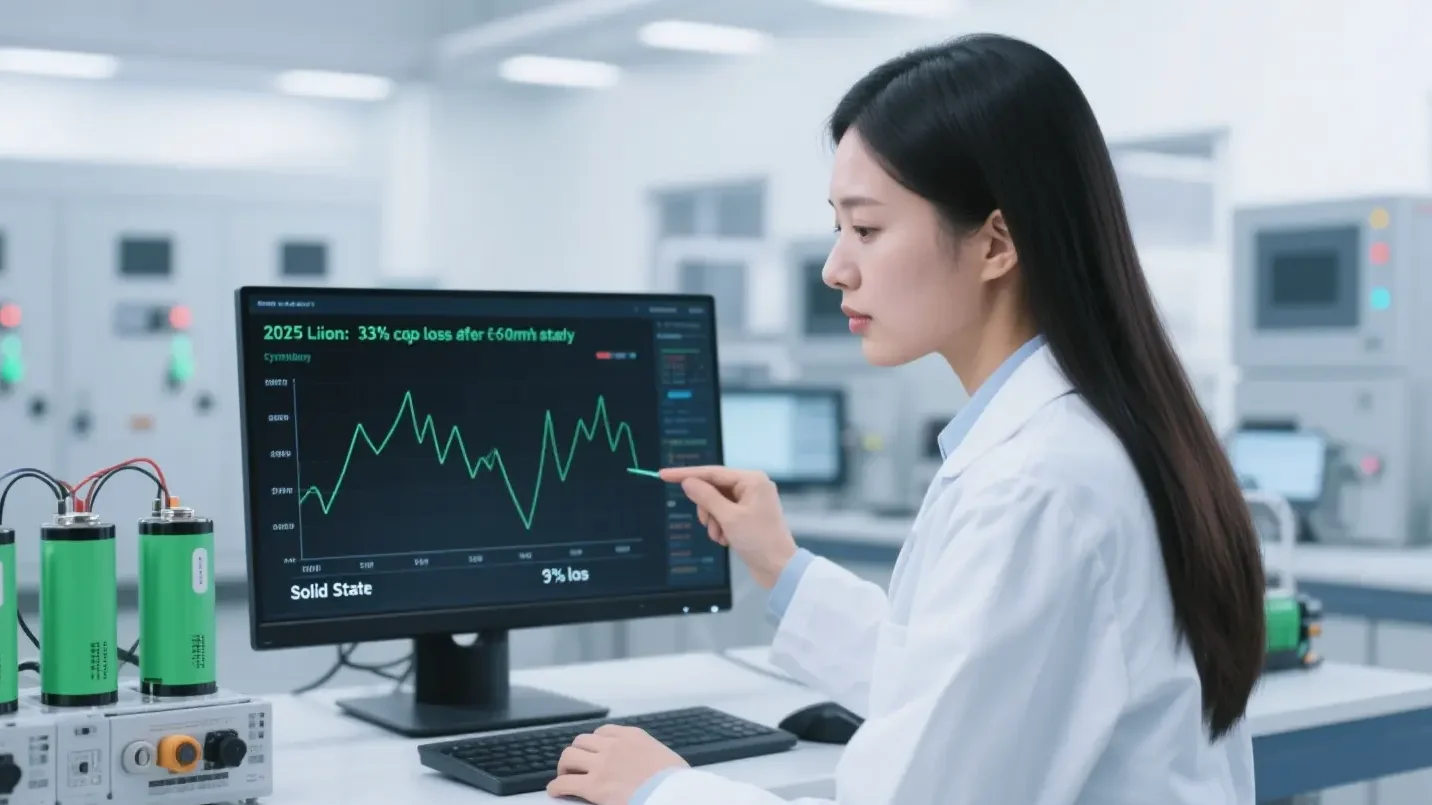
V. Industry value of self-discharge control of unmanned lithium batteries
The cornerstone of safety defense
Early rejection of micro-short-circuit cells (K-value > 2 times the average value) reduces the risk of thermal runaway.
The lifeblood of battery pack consistency
Battery packs with self-discharge difference >20% will increase the rate of capacity degradation by 3 times.
Underlying support for LVTOL
eVTOL batteries need to meet 400Wh/kg+ energy density, while self-discharge rate <2%/month is a key indicator of long-term reliability!


